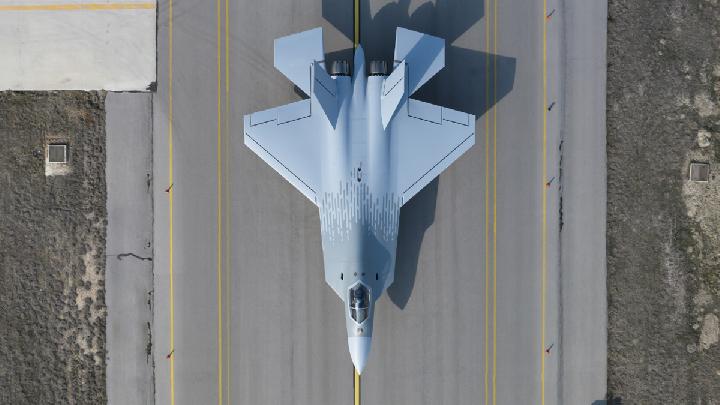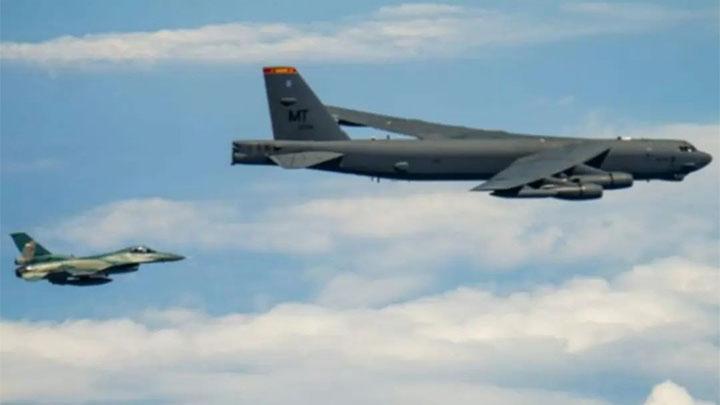TEMPO.CO, Jakarta - Israel launched a sudden attack on Iran in a surprise operation early Friday morning, June 13, 2025. Nuclear sites and several top Iranian military officials were targeted.
In response to the strike, Iran did not stay idle. It immediately launched hundreds of ballistic missiles at Israel. Israel’s advanced air defense systems, such as the Iron Dome, Arrow, and David’s Sling, were able to intercept many incoming missiles.
However, some managed to breach the defense systems in central Tel Aviv and other areas. Several buildings were severely damaged, and there were casualties.
Ballistic missiles are the weapon of choice for both countries to strike the enemy. The United States estimates that Iran possesses the largest ballistic missile arsenal in the Middle East, with more than 3,000 missiles. Some of these missiles are capable of reaching Israel within just 15 minutes, according to Euronews.
A recent U.S. military threat assessment highlighted Iran’s large inventory of ballistic missiles, cruise missiles, and drones capable of carrying out regional attacks. Israeli Prime Minister Benjamin Netanyahu accused Iran of accelerating missile production, aiming to manufacture 300 ballistic missiles per month, potentially producing 20,000 rockets over six years.
Al Jazeera explained how ballistic missiles work and how they are being used in the ongoing conflict.
How Do Ballistic Missiles Work?
Ballistic missiles are long-range weapons designed to deliver conventional or nuclear warheads by following a ballistic or arched trajectory.
They are launched with the help of powerful rocket engines and travel upward into the upper atmosphere or even space at tremendous speed. Once the rocket engine stops working, the missile follows a preprogrammed path and re-enters the Earth’s atmosphere in a steep descent before reaching its target.
How Far Can They Travel?
Ballistic missiles can travel distances ranging from a few hundred kilometers to over 10,000 kilometers across continents. They are classified according to their range:
Battlefield Range Ballistic Missiles (BRBM) – less than 200 km
Short-Range Ballistic Missiles (SRBM) – less than 1,000 km
Medium-Range/Intermediate-Range Ballistic Missiles (MRBM/IRBM) – between 1,000 km and 3,500 km (621-2,175 miles)
Long-Range Ballistic Missiles (LRBM) – between 3,500 km and 5,500 km
Intercontinental Ballistic Missiles (ICBM) – more than 5,500 km
How Fast Can They Travel?
Ballistic missiles travel at extremely high speeds, allowing them to cover thousands of kilometers in just minutes. Speed is measured in Mach, which is equivalent to the speed of sound. For example, Mach 5 means the missile travels at five times the speed of sound.
Some ballistic missiles, typically short-range ones, can reach supersonic speeds, which is faster than Mach 1 or about 1,225 km/h. Long-range ballistic missiles can reach hypersonic speeds, meaning faster than Mach 5 or about 6,125 km/h.
How Long Would It Take for Iranian Missiles to Reach Israel?
The distance between Iran and Israel is approximately 1,300 to 1,500 kilometers (800-930 miles). Iranian ballistic missiles traveling at Mach 5 could reach Israel in around 12 minutes, although the exact time depends on the type of missile and the launch location.
Iran possesses medium-range ballistic missiles that can travel more than 1,000 kilometers and reach Israel. According to Iran’s semi-official news agency ISNA, the country has nine missile types with this capability. Experts estimate that around 2,000 missiles are capable of striking Israel.
Iran’s missile arsenal includes advanced models such as the Sejil, which can travel at speeds exceeding 17,000 km/h with a range of 2,500 km, the Kheibar with a range of 2,000 km, and the Haj Qasem with a range of 1,400 km.
Why Are Ballistic Missiles Difficult to Intercept?
The danger of ballistic missiles lies in their combination of long range, high speed, and difficulty to intercept.
Their fast and high trajectory leaves defense systems with very little time to respond, and during atmospheric reentry, they descend even faster, making interception more challenging. Some missiles also use decoys or countermeasures to confuse radar and missile defense systems, further complicating interception.
What Is the Difference Between Ballistic and Cruise Missiles?
Iran has also used cruise missiles in its attacks against Israel. Unlike ballistic missiles, cruise missiles fly low and steadily like unmanned aircraft, helping them evade air defenses.
Although cruise missiles travel much slower than ballistic missiles, giving defense systems more time to intercept them, their low flight path makes them harder to detect. Their maneuverability allows them to change direction, fly around obstacles, and avoid missile defenses.
While Iranian ballistic missiles can reach Israel in about 12 minutes, cruise missiles may take nearly two hours, and drones may take up to nine hours.
Editor's Choice: Poll: 60% of Americans Oppose U.S. Involvement in Iran-Israel Conflict
Click here to get the latest news updates from Tempo on Google News































:strip_icc():format(jpeg)/kly-media-production/medias/3977835/original/066021800_1648524608-pexels-ahmed-aqtai-2233416_1_.jpg)
:strip_icc():format(jpeg)/kly-media-production/medias/3449231/original/035609000_1620241432-000_99C2L3.jpg)
:strip_icc():format(jpeg)/kly-media-production/medias/4678420/original/041411600_1701993066-pexels-thirdman-8489077.jpg)
:strip_icc():format(jpeg)/kly-media-production/medias/4779768/original/056174500_1711004488-hands-holding-knife-fork-alarm-clock-plate-blue-background.jpg)
:strip_icc():format(jpeg)/kly-media-production/medias/5134530/original/076641900_1739622826-20250215-Prabowo-AFP_7.jpg)
:strip_icc():format(jpeg)/kly-media-production/medias/3626995/original/056226000_1636431538-252444828_305857281141144_6357930935168472204_n.jpg)
:strip_icc():format(jpeg)/kly-media-production/medias/3508689/original/070798000_1626139545-20210713-Elon-Musk-SolarCity-5.jpg)
:strip_icc():format(jpeg)/kly-media-production/medias/1619105/original/061499300_1496997418-ramadan-main.jpg)
:strip_icc():format(jpeg)/kly-media-production/medias/4769102/original/014075000_1710171937-20240311-Taraweh_Pertama_di_Istiqlal-ANG_1.jpg)
:strip_icc():format(jpeg)/kly-media-production/medias/5106410/original/089112900_1737608852-Buya_Yahya.jpg)
:strip_icc():format(jpeg):watermark(kly-media-production/assets/images/watermarks/liputan6/watermark-color-landscape-new.png,1100,20,0)/kly-media-production/medias/5140628/original/019242500_1740225866-Persita_Tangerang_vs_Borneo_FC-35.jpg)
:strip_icc():format(jpeg)/kly-media-production/medias/4878826/original/064720000_1719661833-WhatsApp_Image_2024-06-28_at_23.09.07.jpeg)
:strip_icc():format(jpeg)/kly-media-production/medias/3902213/original/084057500_1642045386-pexels-ralph-w-lambrecht-1446076__1_.jpg)
:strip_icc():format(jpeg)/kly-media-production/medias/5141412/original/005545700_1740364919-Snapinsta.app_481203089_18446336839077229_3957692586101845976_n_1080.jpg)
:strip_icc():format(jpeg)/kly-media-production/medias/771429/original/006248600_1416892825-m2.jpg)
:strip_icc():format(jpeg)/kly-media-production/medias/2265569/original/050855900_1530514161-20180702-Harga-Pertamax-Naik-di-Semua-Daerah--TALLO-4.jpg)
:strip_icc():format(jpeg)/kly-media-production/medias/2240997/original/070157500_1528277766-arches-architecture-building-460680.jpg)
:strip_icc():format(jpeg)/kly-media-production/medias/4787912/original/016408900_1711630423-20240328-Penukaran_Uang-AFP_6.jpg)
:strip_icc():format(jpeg)/kly-media-production/medias/5139103/original/083951400_1740056485-Screenshot_20250220_192744_Instagram.jpg)
:strip_icc():format(jpeg)/kly-media-production/medias/4290349/original/045313100_1673596178-cek_fakta_kemensos_dana.jpg)